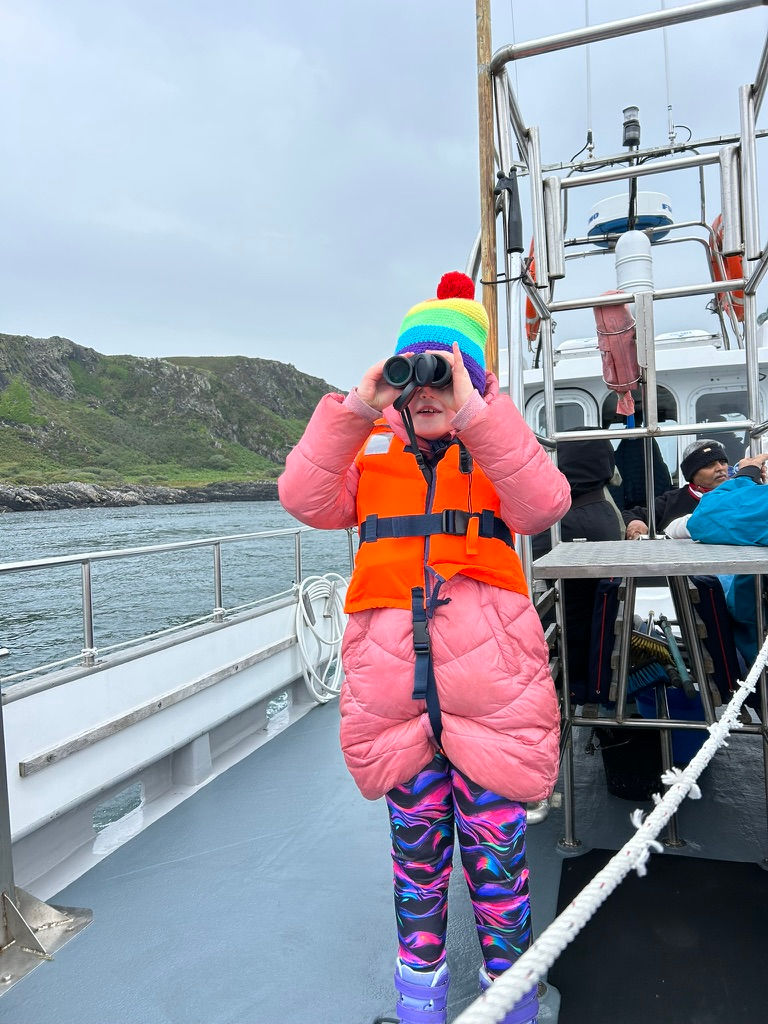Move Your Feet
- Matthew Davies
- Dec 14, 2023
- 4 min read
Week 7 and the final in a series of posts inspired by a family holiday through the Southern states of the USA.
Our holiday was never intentionally designed this way, but much of the first half of it in particular had a theme of the Civil Rights movement in the 1950s and 60s. Its a period and oplace in history that has long fascinated me, however I was very conscious that while I knew many of the main figures in the story, there were many others who were equally significant but of whom I knew relatively little.
One such character was former Congressman John Lewis, who I had herd of but whose impact I only fully became aware of when he passed away in 2020 and was eulogised at his funeral by former President Barack Obama. Lewis met Rosa Parks when he was 17 and Drv King when he was 18. As a student he organised sit ins at segregated dining facilities in Nashville, leading to the desegregation of the downtown of the city. At 21 he became one of the original Freedom Riders and challenged the non-enforcement of US Supreme Court rulings which had determined that segregated public buses were unconstitutional and was beaten and arrested for his trouble.
In 1963 he marched on Washington and spoke before Dr King gave his famous 'I Have a Dream' speech and spent summers driving up the registration and engagement of black voters in Mississippi. It was in 1965, however, that Lewis came to national prominence.
One of the most famous events of the whole Civil Rights movement took place that year. If you've seen the 2014 film, you'll know the story of Selma, where activists including Lewis organised voting rights demonstrations which resulted in the murder of activist and church Deacon Jimmie Lee Jackson by an Alabama State trooper. This caused uproar and led to the organisation of the Selma to Montgomery march, actually a series of several marches, from the city to the state capital, some 54 miles away. The first march took place on March 7th (known now as Bloody Sunday) and as 600 marchers crossed the Edmund Pettus Bridge (a bridge named after a Confederate Brigadier General, US Senator and Grand Dragon of the Alabama Ku Klux Klan) they were attacked by police with horses, billy clubs and tear gas. The second march two days later was aborted and the final march took place on March 21st and finally reached Montgomery on March 24th, leading to a 25,000-person strong demonstration at the state capitol building the following day.
We visited Selma and at the edge of the Edmund Pettus Bridge, there are a series of monuments and plaques which tell the story of what happened as well as introducing vistors to some of the prominent figures, including John Lewis. If you're a regular reader, you'll know how much I love a quote and this blog is no exception! A statue honouring Lewis at this site as leader of the march, includes a favourite quote of his, taken from an African proverb. It reads

"When we pray, we move our feet"
The belief that Lewis had, as a devoutly religious man, was that prayer was important but it wasn't enough. In order to drive change, he believed that you needed not only to have faith and belief in the value of what you were doing, but to back that faith up with action. You needed to move your feet. Movement, whether through marching or riding segregated buses or, in the later years of his life, by organising and negotiating, gathering votes and serving the people of the country in office, was what made the difference for John Lewis.
All of us have things that we believe in and we want to see changed. Whether those are big, causes like the leaders of the civil rights movement believed in, smaller local causes, or even things that we want to change within our families or our own lives, we can start with faith and a vision and belief, but we can't leave change to chance.
As I reflect on the year that's drawing to a close and look ahead to 2024, I have much to be proud of, but I can also see places where instead of moving my feet, I only prayed. And, of course, it's easy for me to justify why I did it. Sometimes those were reasons but sometimes they were excuses. Sometimes genuine barriers emerged or I had to put my finite time and energy in other places. But someimes I simply hoped that things might happen, rather than moving my feet to make them happen. Now is the time, as work winds down over the week running up to Christmas, to make sure that I reflect, identify those opportunities and take the first footsteps of change and build the momentum that will help me to make 2024 my best year yet.
And so ends my series of blog posts inspired by the trip that Cathryn, Harper and I took through South Carolina, Georgia, Alabama, Mississippi, Tennessee and North Carolina in October of 2023. Almost 2000 miles of driving over two weeks, seeing some amazing places, eating some amazing food, meeting some fantastic people and learning an awful lot. Learning about the things we saw, about each other and about ourselves. Our best holiday yet!





Comments